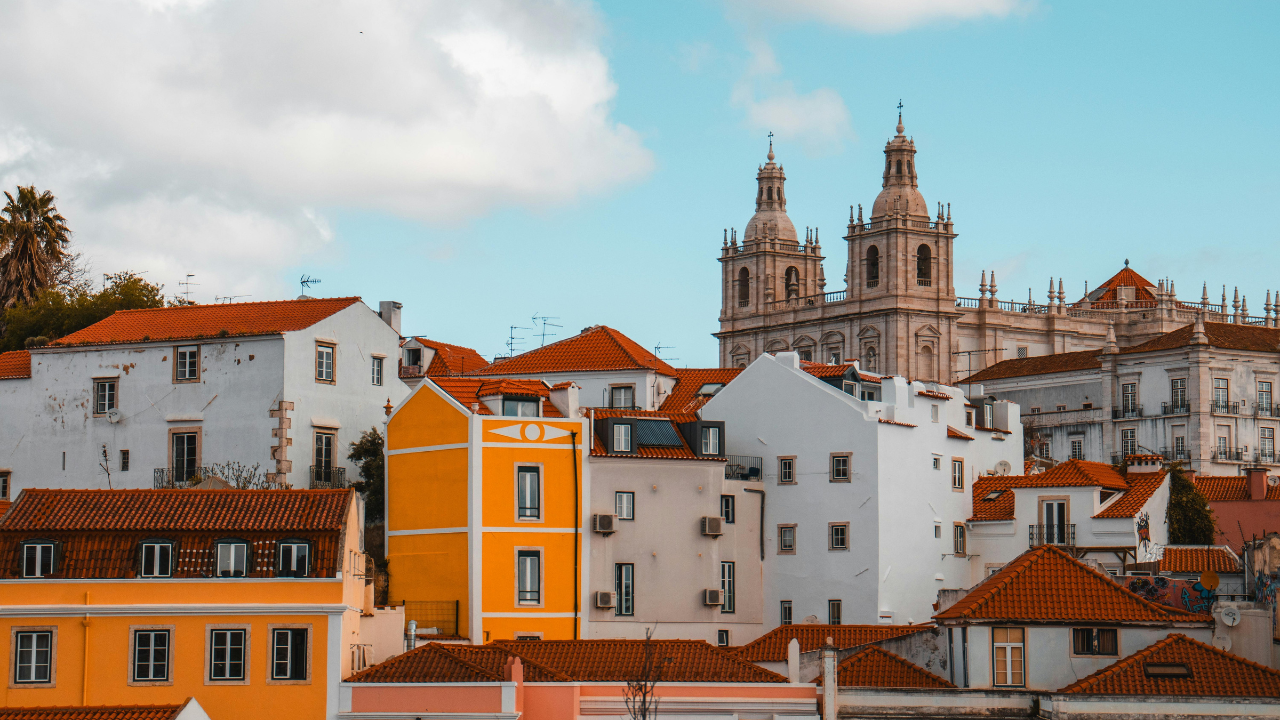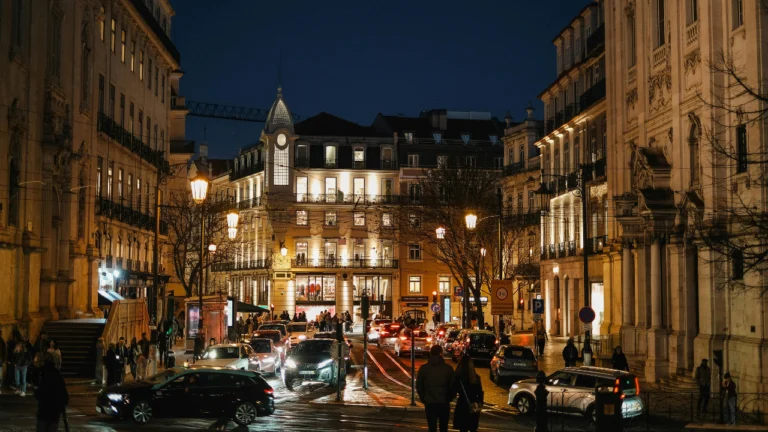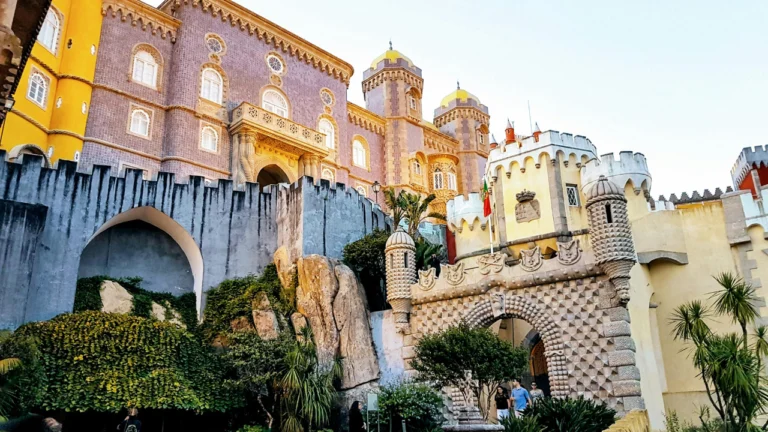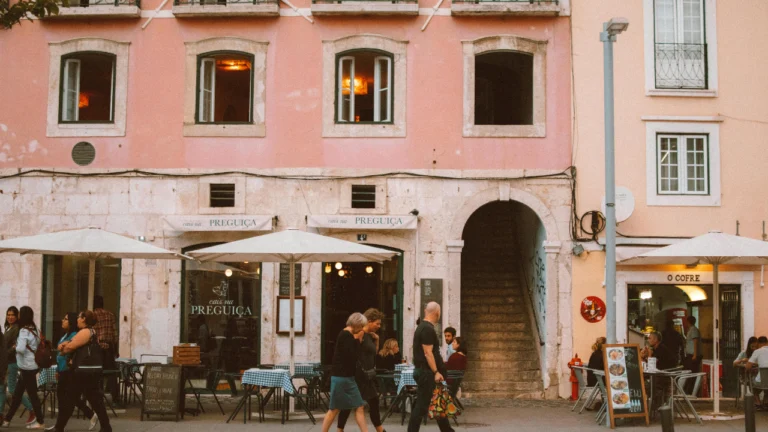Alfama Walking Tours Fado Soul UK Local’s Secret Guide
Last updated on August 17, 2025 at 17:25:50
Picture this: Tuesday morning, 8:47am, and I’m wrestling my coffee up Rua de São Miguel’s impossible gradient during one of our Alfama walking tours when it happens. A raw, haunting fado melody pours from a shuttered window above, stopping my eight-year-old daughter mid-stride. “Daddy,” Lena whispers, her eyes wide, “why does that music sound like crying and smiling at the same time?” And there it is – the perfect description of Alfama that I’ve been trying to capture since we moved here from Brighton, all in the magic of Alfama walking tours fado.
Living between Lisbon’s oldest quarter and the UK has taught me something remarkable. While most tourists tick off Belém’s monuments and queue for Tram 28, those who choose Alfama walking tours discover something entirely different. They find the Lisbon that changes you, not just your Instagram feed.
Your Secret Weapon Against the Gym (Those Calves Will Thank You)
Let’s address the elephant in the narrow alleyway – Alfama is basically a vertical village. My Fitbit logged 14,000 steps and 47 floors yesterday, just from our morning wander to the São Vicente flea market and back. But here’s what’s genius: you’ll be too mesmerised by sixteenth-century tiles and laundry dancing between buildings to notice you’re getting the workout of your life.
The locals have a saying: “Alfama legs are earned, not given.” After a year of these streets, I can confirm that’s bang on. My five-year-old Theo now bounds up the Escadinhas de Santo Estêvão like a mountain goat, leaving tourists half his age gasping in his wake.
Insider’s walking tip: Those pristine white trainers you bought for this trip? Perfect choice. The polished cobblestones after morning dew are treacherous – I’ve seen more dignity lost on Rua dos Remédios than at a hen do in Cardiff.
The Mindfulness of Alfama Walking Tours Fado
Forget meditation apps and breathing exercises. Try navigating Alfama’s labyrinth whilst dodging speeding tuk-tuks, and you’ll achieve a state of presence that would make Buddhist monks jealous. Every sense switches on here. The salt-tinged breeze from the Tagus, the percussion of coffee cups on marble counters, the visual feast of crumbling grandeur – it all demands your complete attention.
What struck me most about Alfama walking tours isn’t what you see; it’s what happens to your mental clutter. Somewhere between getting gloriously lost near Largo do Chafariz de Dentro and stumbling upon that hidden garden behind the Igreja de Santo Estêvão, your work emails seem laughably insignificant.
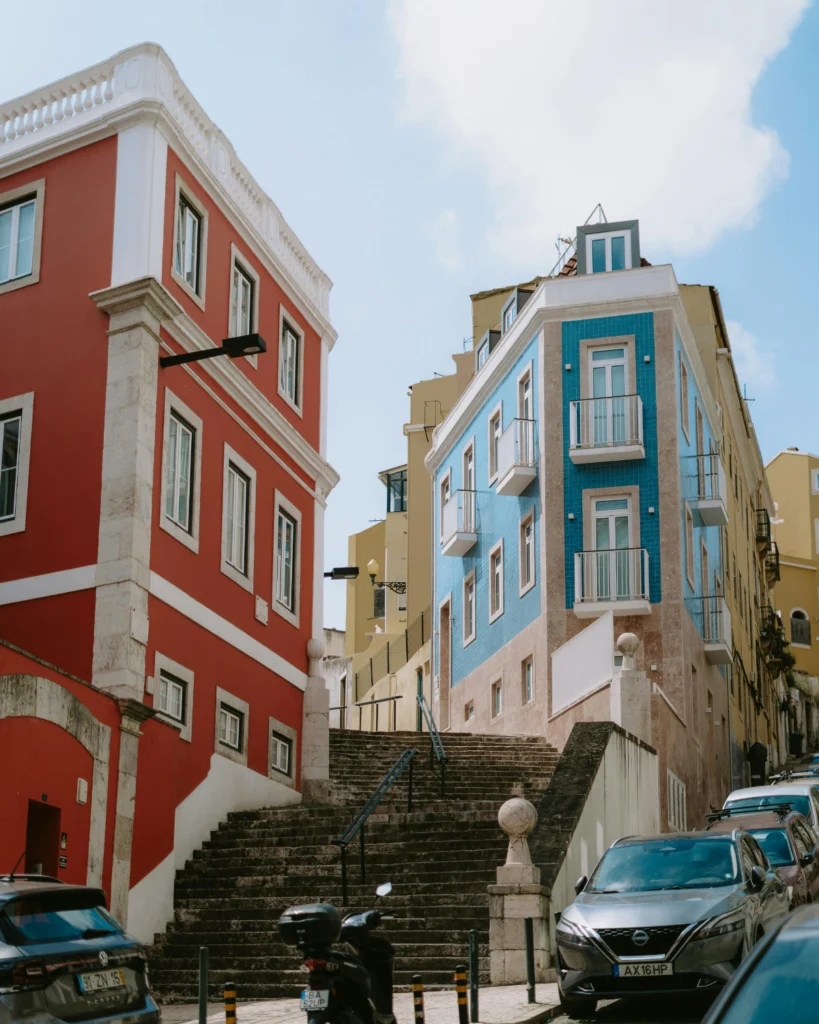
The Accidental Community You Never Knew You Needed
Here’s something the guidebooks miss entirely. Walking Alfama isn’t a solo sport, even when you’re alone. Last week, I watched a group of strangers become friends simply by surviving the climb to Senhora do Monte together. By the time they reached the top, they were sharing water bottles and life stories in equal measure.
The neighbourhood itself embraces you. Learn to mumble “bom dia” with conviction, and watch the magic unfold. Senhor António at the corner shop now keeps Turkish delights for my kids. Maria from the second floor shouts weather updates from her window. This is the Fado soul everyone talks about – it’s not just in the music; it’s in the DNA of daily life here.
Local secret: Thursday mornings around 10am, the Fado museum’s café hosts informal singing sessions. Free to watch, and you’ll witness raw, unpolished Fado that’ll give you goosebumps.
The Transformation You Don’t See Coming on Alfama Walking Tours Fado
Six months ago, I was just another British expat fumbling through Portuguese pleasantries. Now? I can tell you which taberna serves the best bifana at 3am (Zé da Mouraria, if you must know), where to find the wall where Amália Rodrigues kissed her first love, and exactly which doorway to duck into when you spot a cruise ship convoy approaching.
This knowledge isn’t from guidebooks. It comes from countless morning walks, wrong turns that became right ones, and conversations held in broken Portuguese mixed with enthusiastic hand gestures. Every Alfama walking tour adds another layer to your understanding, like sediment building into something solid and permanent.
Why Your Soul Specifically Needs This
Alfama doesn’t just show you old buildings and pretty views. It cracks you open a bit. Maybe it’s the way elderly widows in black sing Fado whilst hanging washing, transforming mundane chores into art. Or perhaps it’s how the golden hour light turns every crumbling wall into a masterpiece. You start understanding saudade – that uniquely Portuguese cocktail of nostalgia, longing, and acceptance that has no English translation.
My typically screen-obsessed children now beg for “explore walks.” They’ve learned that the best adventures don’t need charging cables, just comfortable shoes and curious minds.
Your Alfama Adventure Starts Here
Skip the tourist office’s polished pitch. Here’s your real starting point: Miradouro das Portas do Sol at sunrise, when the only sounds are seagulls and street sweepers. Descend through Beco das Cruzes (mind the cat colony), and let instinct guide you. When you smell fresh bread, follow it. When you hear Fado, pause. When locals gesture you into their favourite tasca, accept.
This isn’t about ticking boxes or collecting photos. It’s about letting Alfama’s ancient rhythm sync with your heartbeat until you can’t tell where the neighbourhood ends and you begin.
Want the unvarnished truth about wandering Lisbon’s soul? Find me holding court at Mesa de Frades on Wednesday evenings, where the tourist Fado ends and the real music begins. First imperial’s on me if you mention this post.
Frequently Asked Questions About alfama walking tours fado soul
Q: How long does Alfama walking tours take?
A: Usually 2–3 hours. However, Google Maps lies—a “12-minute walk” feels like 45 uphill minutes. Therefore, start at Portas do Sol and walk downhill instead.
Q: Best time to experience Alfama’s Fado soul?
A: For local life, go before 9am. Meanwhile, if you prefer nightlife, try Thursday 11pm underground sessions. In fact, the Fado Museum café even offers free singing Thursdays at 10am.
Q: What shoes should I wear?
A: Always wear trainers. After all, cobblestones are slippery and dangerous. Furthermore, flip-flops mean trouble—so instead, choose sturdy shoes to avoid A&E.

